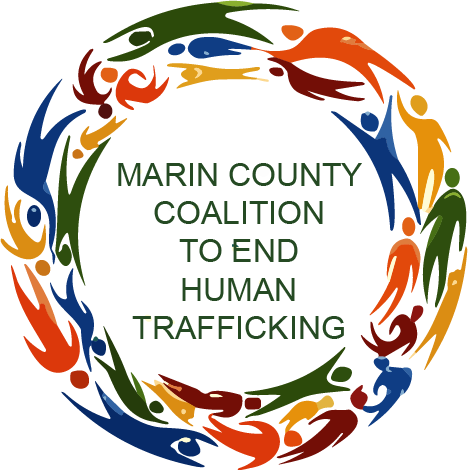Since the 2000 passing of the Trafficking Victims Protection Act (TVPA), many organizations who previously had little or no interest in forced labor and who had otherwise held no anti-oppression principles realized the value of the anti-trafficking momentum to further their own agendas. Because of this, many anti-trafficking organizations claiming values of survivor-centered, trauma-informed, and empowerment-based programming engaged in coercive intervention and other strategies that did not center the consent and bodily autonomy of survivors. Additionally, many components of these strategies rely on policing tactics that place people from marginalized communities (including trans people, immigrants, and BIPOC) at increased risk of harm through engagement with the criminal justice system, target vulnerable sex workers, and do not address the root causes that leave people in the sex trades without access to safety and support.
“End Demand” has been a popular part of the anti-trafficking narrative since it’s early days, and “Demand Reduction” prioritized as a “prevention” strategy. Meanwhile, demand reduction has been criticized by labor rights organizers as antithetical to the labor organizing practices that can keep workers safe (working together, increased screening, organizing for safety), and by anti-trafficking advocates for its incongruence with what is shown to reduce exploitation in other forms of labor. This presentation will contextualize the framing of shared values and collaborations between SA and HT organizations, within the history of the passing of the TVPA. It will then offer profiles for seven common typologies of engagement, with concrete strategies for how to engage with each to further a human rights, harm reduction approach.


